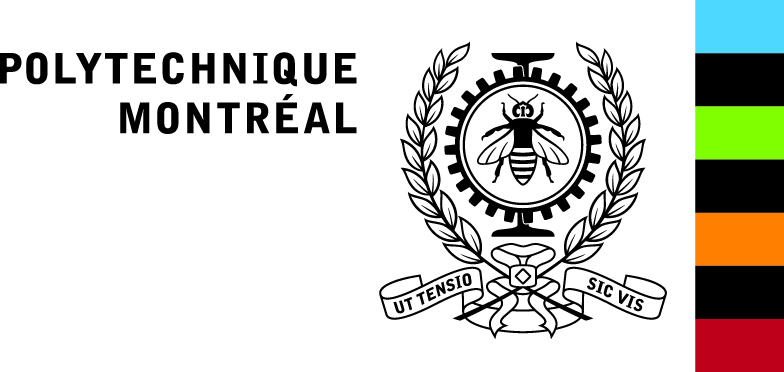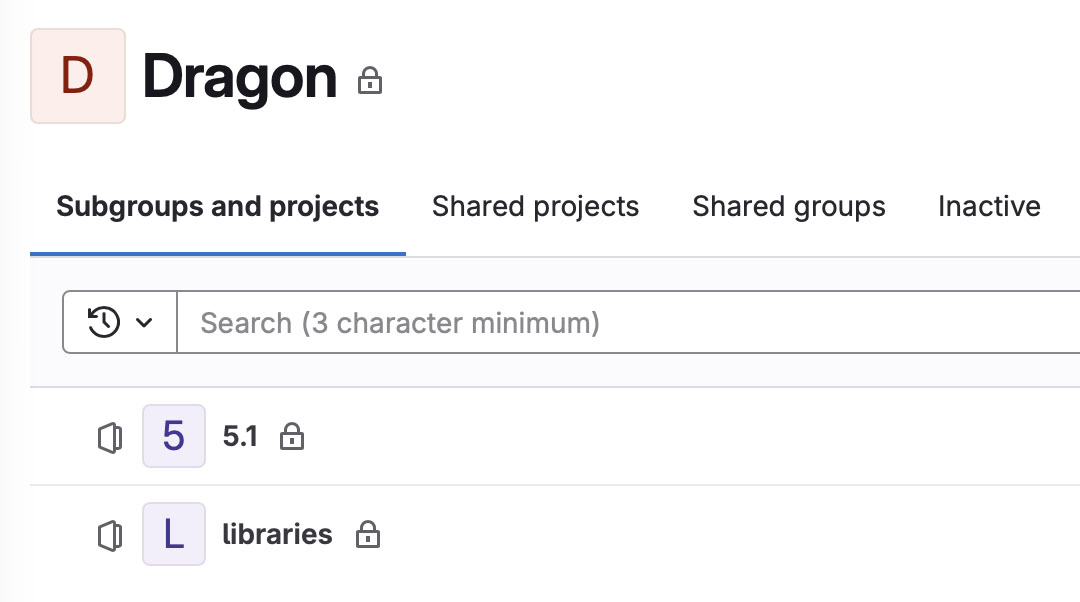

How to install Version5?
How to install the NEA GitLab Version5?
As of September 2025, the production version 5.1 of Dragon/Donjon is hosted at the Nuclear Energy Agency (NEA) Data Bank of the Organisation for Economic Co-operation and Development (OECD). Here are the installation steps:
brew install git-lfs".

To install the source, click on 5.1 item. To install the libraries, click on the libraries item. Next, click on the "Code" box on this menu:

Next, click on the small icon on the right of the "Clone with HTTPS" menu item. This will copy the location of the repository in your pasteboard.

git clone" and paste the contents of the pasteboard on the right of this command. This will install a working copy of the code.
Is Dragon Version5 an official version? What is its status relative to Dragon 3.0x?
NXT:, LIB:, EVO: and SHI:
are similar with those found in Dragon 3.0x and are therefore fully verified. Other modules of
Dragon Version5, such as FLU: and EDI:, have been
completely rewritten and are not verified according to CSA-N286.7.
However, the development of Dragon Version5 is made with modern quality assurance (QA) traceability techniques. This traceability goal is achieved through the application of versioning control (using Subversion) and issue tracking systems to the following project components:
Can I use my Dragon 3.0x input files with Dragon Version5?
UTL: to change
the root directory in a LCM object. In Version5, this operation must be
accomplished with the equality (:=) module, as shown in the following
example.
In Dragon 3.0x:
LINK_LIST LIBRARY TRACK GEOM ;
...
UTL: LIBRARY :: STEP UP MACROLIB ;
TRACK := BIVACA: GEOM LIBRARY ;
UTL: LIBRARY :: STEP DOWN ;
In Dragon Version5:
LINK_LIST MACRO LIBRARY TRACK GEOM ;
...
MACRO := LIBRARY :: STEP UP MACROLIB ;
TRACK := BIVACA: GEOM MACRO ;
Also, a few modules, such as JPMT:,
SAD:, PER: and MCU: are not available in
Dragon Version5. The capabilities of modules EXCELL: and MOCC:
have been integrated in ASM: and FLU:, respectively.
Can I use my Donjon 3.0x input files with Donjon Version5?
L_MAP and L_DEVICE
objects are different. Objects L_TABLE no longer exist in Donjon5. L_COMPO and L_MULTICOMPO
objects are interpolated in place in Donjon5, without having to first copy them in a L_TABLE object. The
programmation of Donjon5 is greatly simplified and cleaned.
Is Dragon Version5 works on Windows?
instver5.bat is available to create executables (.exe) from a MS-DOS command
window, but is not actively maintained. Follow the following steps:
cd %homepath%\Version5\
.\script\instver5
Is Dragon Version5 works on Mac OS?
A tutorial is available to explain the installation procedure on a Mac.
Why using Fortran 2003 in Version5 distribution?
COMMON blocks for static storage needs.
All LCM object addresses are stored in TYPE(C_PTR) variables and
memory allocation is performed with ALLOCATE and DEALLOCATE statements.
Do you support the Flang compiler?
.profile or .zprofile script:
What is the status of Version5 distribution?
-m32 flag). This characteristics is important as some Linux distributions are installed without 32-bit C and Fortran libraries.
-O flag) with recent gfortran compilers
Can I use Version5 components for commercial applications? What are the terms of the license?
Enhancements to Version5 can be written as procedure files in CLE-2000 language or as modifications to the Fortran source. CLE-2000 procedures or new Fortran modules written by you are not covered by the LGPL. We encourage you to release your Fortran source enhancements under the LGPL for inclusion in future versions of Version5.
Why not giving full remote access to the Subversion repository?
Can I use VSCode as editor and use its debugging extensions?
Which cross-section libraries can I use with Dragon Version5?
I try to save a file and to recover it at the end of the DRAGON or DONJON run. After the run, it is not there, but the output indicates a successful run. Some code reading (and debugging) shows that the file is correctly closed and kept after the module call, but is deleted afterwards in the CLE-2000 procedure in "kdrcln".
FILE attribute. For example, a postscript file to be created in the PSP: module must be declared as
SEQ_ASCII Fig_reg :: FILE 'Fig_reg.ps' ;
Moreover, if the main CLE-2000 dataset file is named data.x2m, a data.save script file must be defined to recover the Fig_reg.ps file. An example of such a data.save script file follows:
This script file must be set as executable using a Bourne directive:
chmod 755 data.save
Is it possible to detect a memory leak in DRAGON or in DONJON?
-debug option. Moreover, the main CLE-2000 dataset file must be executed by a command similar to
valgrind --leak-check=yes ./rdragon data.x2m
Your program will run much slower (eg. 20 to 30 times) than normal, and use a lot more memory. Memcheck will issue messages about memory errors and leaks that it detects.
The power is the product of FLUX-INTG and H-FACTOR records. Why the H-FACTOR record is missing
from the Macrolib produced by the EDI: module?
DEPL line option in LIB: module.
In the .result file, there are two fluxes that I get (region integrated flux and averaged regional flux). Normally I would expect the flux to be in E14 level. The values that I get are in like 2.14E-1. Is the flux normalized there?
EDI: are not normalized. The normalization factor is computed by module EVO:, but is not applied. Only the fluxes
produced by modules COMPO:, SAP: or CPO:are normalized.
Cross section information is missing in the .result file. As the cross-section files in DRAGON are in BINARY format, is there any software to read those binary files? Also, is it possible to print the cross-sections using Dragon scripts as well?
:= operator.
Moreover, their internal organization is fully described in IGE351 report.
Here is an example of a case with data exportation. I also made an export of the multicompo containing all the merged/condensed data produced by EDI:. This is the standard way of using DRAGON5. Any Dragon LCM object can be exported that way.
Don't forget to declare chmod 755 the .save and .access scripts.
casl_pin.access
casl_pin.x2m
casl_pin.saveWhat is the status of HDF5 support in Version5?
To activate HDF5 capability in Version5, you need:
.profile accordingly. If you don't activate HDF5 file support, you don't need to make these modifications. For example, on the Ubuntu OS for x86_64, include the following lines:
On the Ubuntu OS for aarm, include the following lines:
make hdf5=1" command.
Why the absorption cross section occurs negative is some fast energy groups?
ABS) defined as Eq. (3.7) at Sect. 3.2.4 of report IGE335.
This value may be negative due to (n,xn) reactions.
Another definition is the depletion absorption defined as NTOT0 - (NELAS + NINEL). This value is always positive. The definition of absorption is always ambiguous, in any
code. We strongly recommend using ENDF-type reactions such as NTOT0 (total), NG (radiative capture), NELAS (elastic scattering), NINEL
(inelastic scattering), etc.
How to install the Python3 API (PyGan) for Version5?
lcm, lifo and cle2000 using PyGan makefiles. Two types
of installation are available:
Version5_evxxx/PyGan/lib/ directory:
/site-packages/ directory of your OS, together with other extension modules such as numpy or matplotlib. This capability is only possible on recent
distributions.